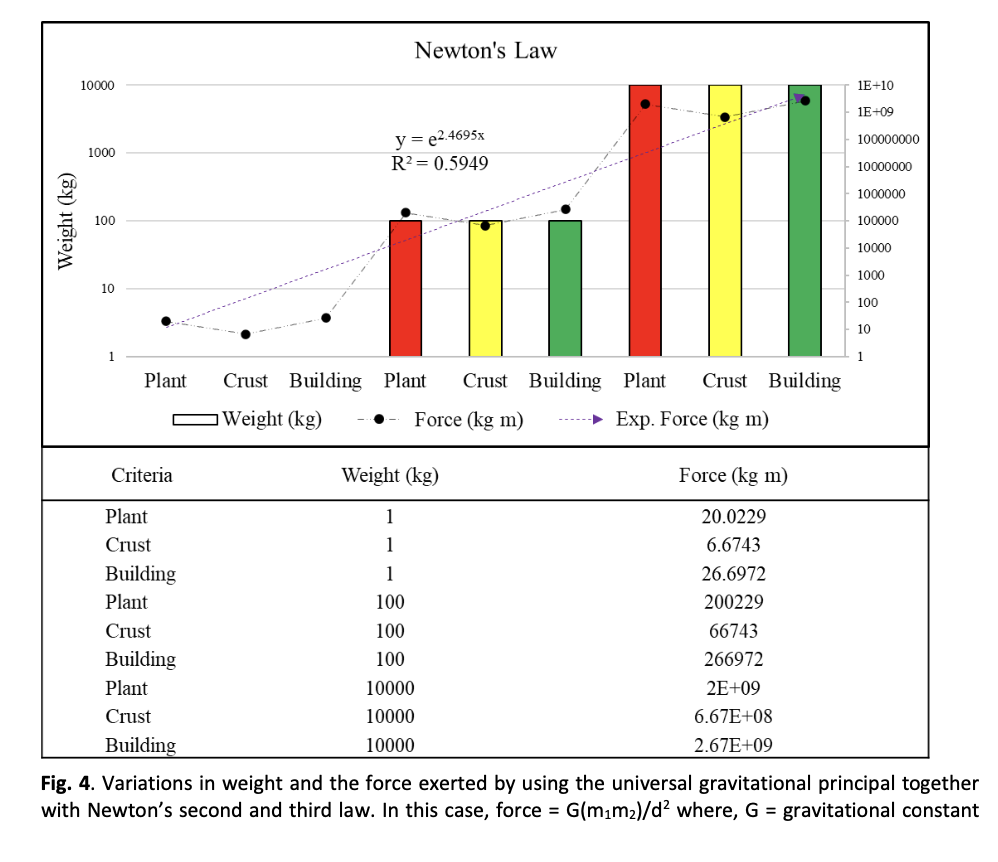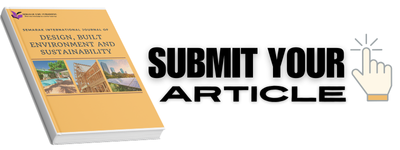Understanding Natural Phenomenon using Practices against the Original Balance
Keywords:
Crust, ecology, terraform, coriolis, gravity, energyAbstract
Human ecology relates with built environments after clearing and modifying landscapes. Terraform is the built evolution that comes with devastating consequences such as ground sinking. A study was carried out by sourcing information through desktop review and 68 reliable references were extracted. From this, Archimedes, centrifugal force, square cube law, Newton’s Laws, Bernoulli, Kinetic and Coriolis were assessed using simple mathematical calculations in weight, area and height between vegetation, crustal rise and built environments for defining limits and boundaries. The findings concentrated on penetration points of buildings (focused points), vegetation (multi-point) and slope or hills (continuous). In the 2-dimentional perspective, energy was well distributed with area but concerns arise when built spaces take the 3-dimentional form. Built spaces are disobeying the square-cube law and therefore, crustal materials beneath are tensioned to become compressed which overall, increases the crust thickness differently between pronate and supinate zones. Under Coriolis, all above ground erections have inertia and this motion is directed downward through a vertical spiral. Therefore, the main concern is free energy that was distributed to the crust because same-like materials could absorb it but across layers, a sideward repulsion is created and this could displace sediment severely. It applies to natural events which is recently gaining magnitude and severity especially in distant areas 180° sideward and opposite directions. Gravity is the precursor for centrifugal sinking or rise of crustal materials and modern structures are harmful because faults cause voids across several layers of crustal matter.









